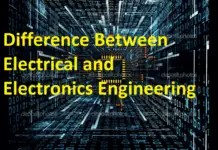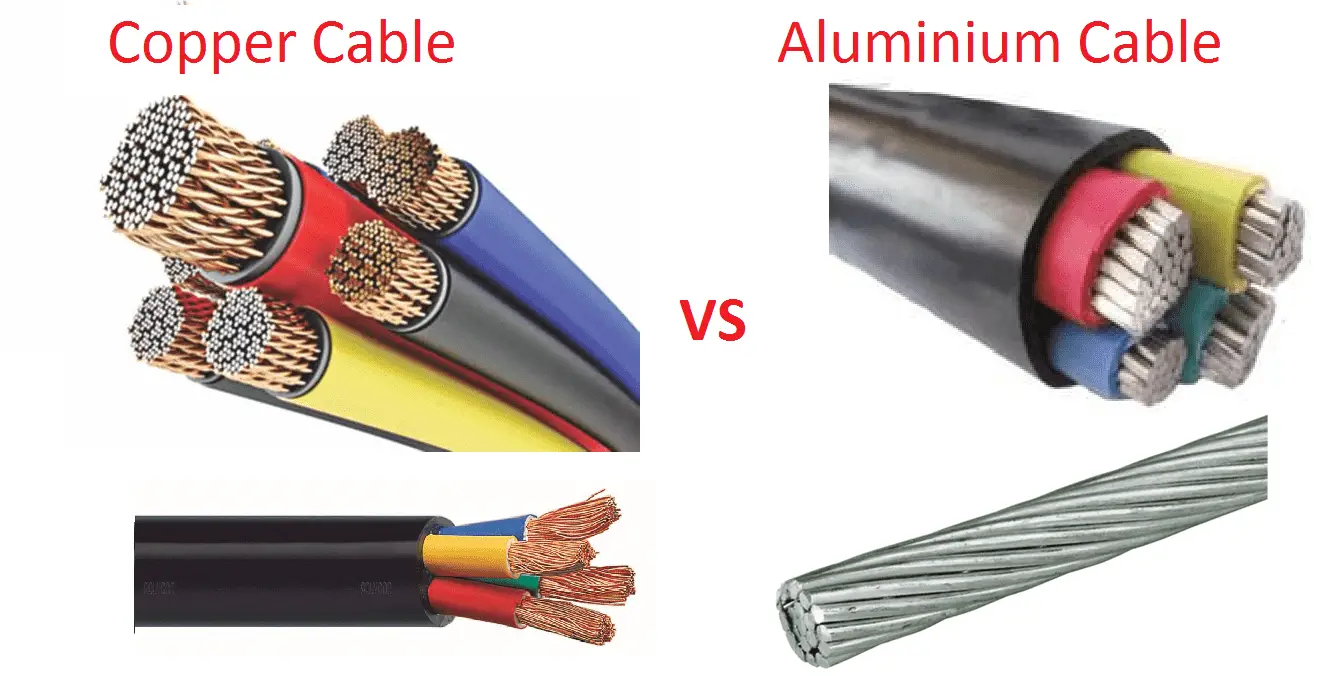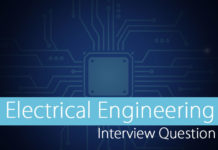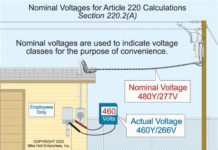Difference between Shunt Reactor and series reactor:
Shunt reactor:
- Shunt Reactor is connected across the Transmission line or tertiary winding of a three-winding transformer.
- A shunt reactor is used to absorb the reactive Power. Which means it is used to compensate the undesirable voltage due to line capacitance (Ferranti effect). The sending end voltage is higher than the receiving end voltage. The shunt reactor reduces the voltage when the receiving end voltage is higher than the sending end voltage. Therefore, it increases the energy efficiency of the power system. It is the most compact device commonly used for reactive power compensation in long high-voltage transmission lines and in cable systems.
- They are very costlier than series reactor.
[wp_ad_camp_2]
Series Reactor:
- Series rectors are connected in series with the transmission line.
- It is used to filter high frequency signal. Example: Wave Trap circuits, harmonic filters etc
- It is also used as fault current limiter just like NGR. Example: Reactor Earthing system, lighting choke, VFD filters, wave shaping circuits etc.
- Less cost than shunt reactor.
Key points in Difference between Shunt Reactor and series reactor:
- Shunt reactor limits the over voltage but series reactor limits the high current.
- Shunt reactor uses as reactive power absorber, series reactor uses as current limiter and increase the impedance of the circuit.
[wp_ad_camp_2]
Also see:
- 4 Different Types of Current Transformers
- Difference Between Copper Cable and Aluminium Cables
- Difference Between Current Transformer & Voltage Transformer
- Difference Between Inter Turn Short And Internal Short
- Difference Between RYB and UVW
- Difference between Surge Arrester, Lightning Arrester and Lightning Rod
- Difference Between Voltage and EMF
- Different Types of duties in motor construction
- Why Stones are used in Transformer Yard & Switchyard?
- Why Tertiary Winding is used in transformer?

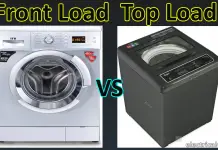

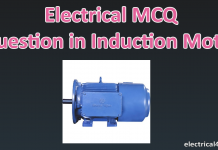
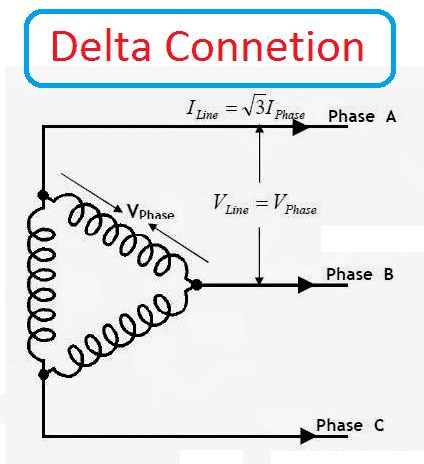
![Why Synchronous Motor is Not Self Starting [Simple Explanation]](https://electrical4u.net/wp-content/uploads/2020/06/Synchronous-motor-is-not-self-starting-218x150.png)
